Grinding ball for mining
Grinding balls are essential components in the mining industry, primarily used in grinding mills to crush and grind raw materials into fine particles. These balls are crucial for the comminution process, which is the reduction of material size to liberate valuable minerals from the ore. Grinding balls are typically made from high-quality materials such as steel, cast iron, or ceramic, depending on the specific requirements of the mining operation.In the mining sector, grinding balls are used in ball mills, which are cylindrical devices that rotate around a horizontal axis. The grinding balls are placed inside the mill along with the ore and water. As the mill rotates, the balls cascade and tumble, crushing the ore into smaller particles through impact and abrasion. The efficiency of the grinding process depends on the size, hardness, and density of the grinding balls, as well as the speed of the mill and the properties of the ore being processed.The material composition of grinding balls is critical to their performance. High-chromium steel balls are commonly used due to their excellent hardness and wear resistance, which are essential for withstanding the harsh conditions inside a grinding mill. These balls are manufactured through a process that involves melting, casting, heat treatment, and surface finishing to ensure they meet the required specifications. The hardness of the balls is particularly important, as it directly affects their wear rate and the overall efficiency of the grinding process.Grinding balls come in various sizes, typically ranging from 25 mm to 125 mm in diameter. The size of the balls is chosen based on the size of the ore particles and the desired fineness of the final product. Larger balls are used for coarse grinding, while smaller balls are used for fine grinding. The correct selection of ball size and material can significantly impact the energy consumption and productivity of the grinding mill.In addition to their role in grinding, these balls also contribute to the overall cost-effectiveness of mining operations. High-quality grinding balls with superior wear resistance can reduce the frequency of ball replacement, thereby lowering maintenance costs and minimizing downtime. Furthermore, the use of efficient grinding balls can lead to better mineral recovery rates, as the ore is more effectively ground to the desired particle size.Environmental considerations are also becoming increasingly important in the mining industry. The production and use of grinding balls can have environmental impacts, particularly in terms of energy consumption and the generation of waste materials. As a result, there is a growing emphasis on developing more sustainable grinding ball materials and manufacturing processes. For example, some manufacturers are exploring the use of recycled materials or developing grinding balls with longer lifespans to reduce their environmental footprint.In conclusion, grinding balls play a vital role in the mining industry, enabling the efficient processing of ore to extract valuable minerals. Their material composition, size, and hardness are critical factors that influence the performance and cost-effectiveness of grinding operations. As the mining industry continues to evolve, there is a growing focus on improving the sustainability and efficiency of grinding balls to meet the demands of modern mining practices.
Products
Category:
No search results found!
News
Category:
No search results found!
Case
Category:
No search results found!
Video
Category:
No search results found!
Download
Category:
No search results found!
Job
Category:
No search results found!
Featured Products
No search results found!


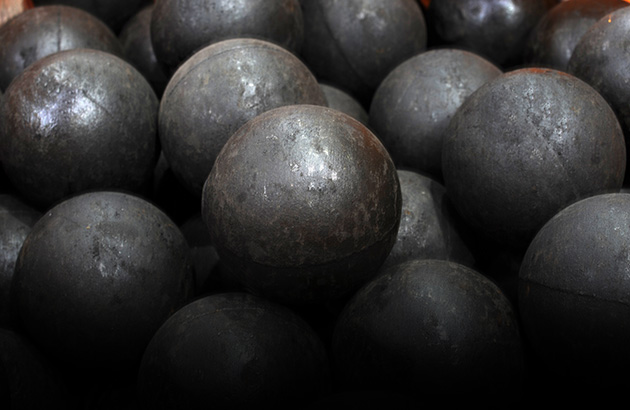
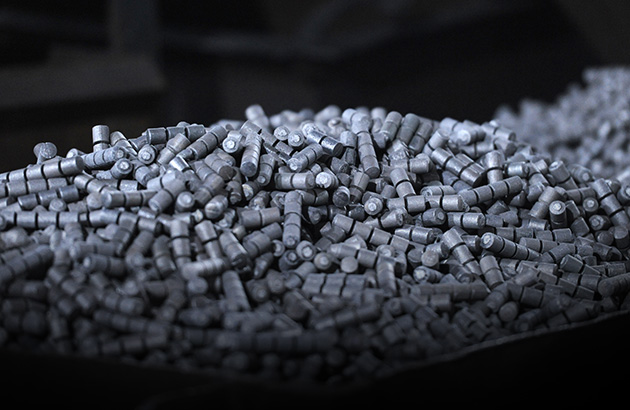
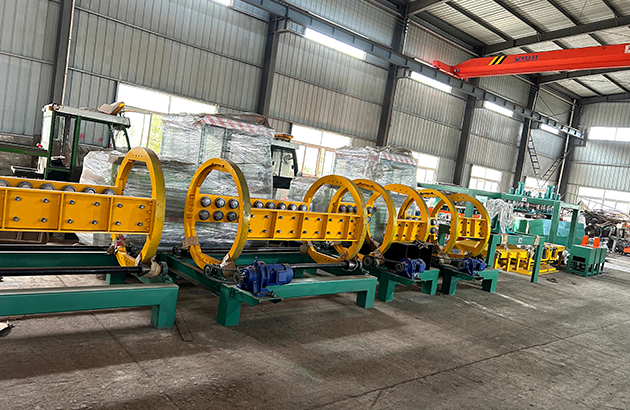

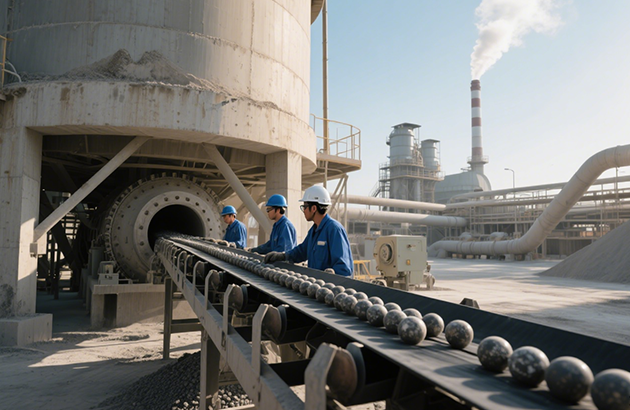
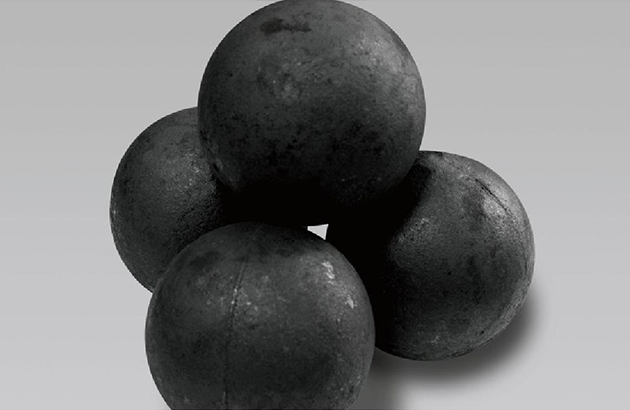
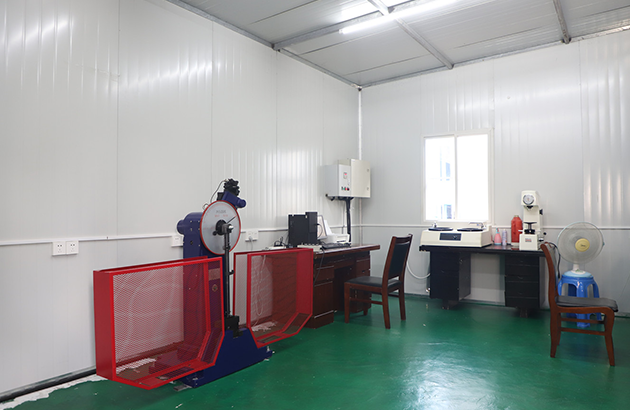

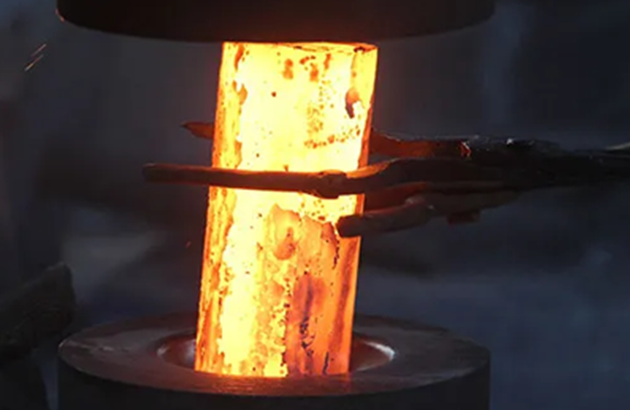






 Phone
Phone